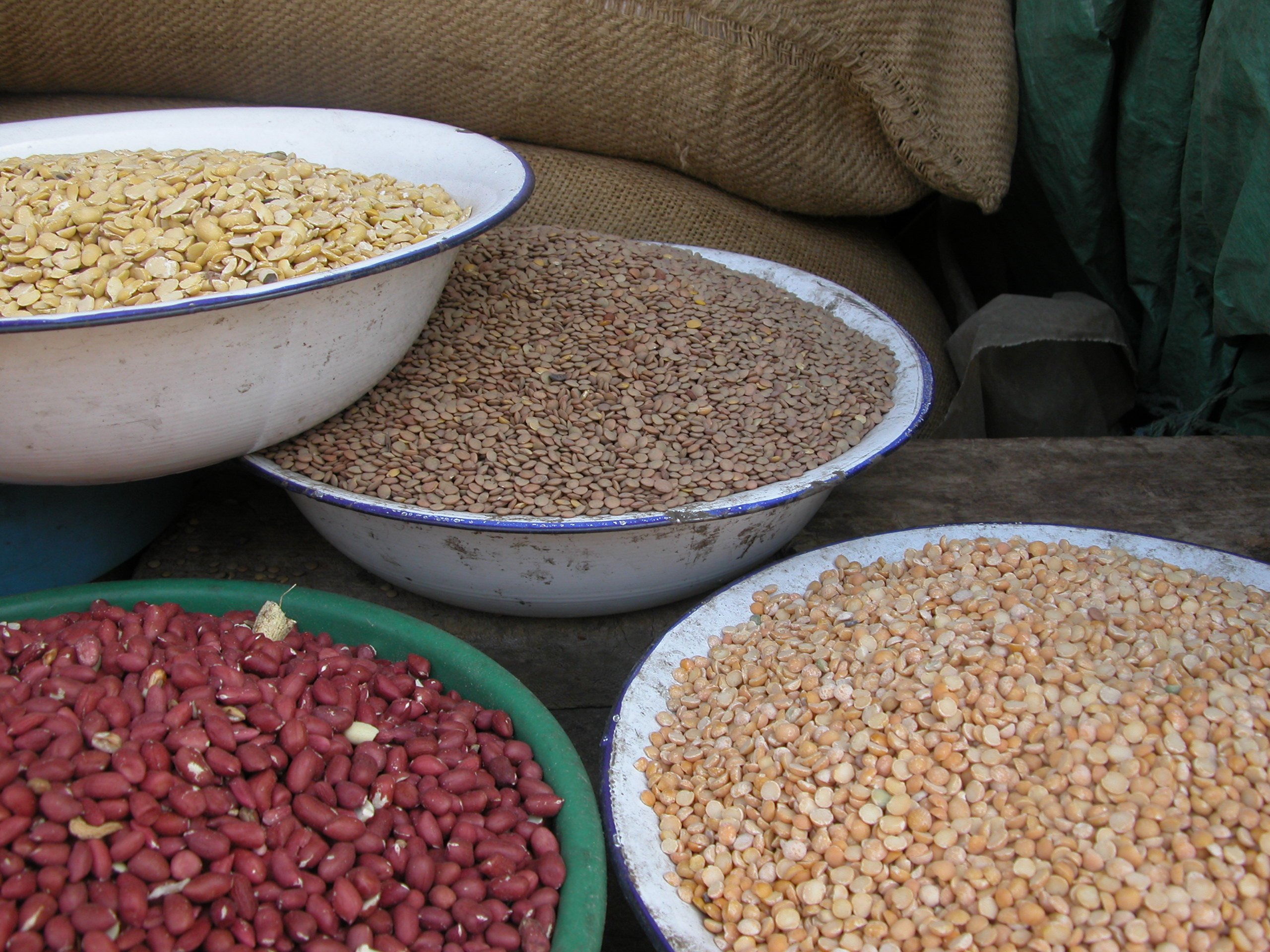“Temperatures have increased and the danger is that agriculture is the backbone of [Africa’s] economies,” Lindiwe Majele Sibanda, chief executive officer of the South-African based Food, Agriculture and Natural Resources Policy Analysis Network (FANRPAN), told IRIN. “The increase in temperatures means we have less water in some places and we are already a drought-prone region.”
“The technologies that we have on the shelf… like the seeds, may not be compatible with the increased temperatures,” she added.
“Malawi recorded world renowned success in terms of food security because we have experienced a fairly stable climate regime over the last 100 years. The technologies that were there [such as] the hybrid seeds… could be taken in, planted. As long they were accessible to the farmers, we could then register increases in yields.
“But the challenge we face now is that there will be new diseases, new vectors and pests that we have not known or seen before …. All these challenges are being superimposed on a system that has not been food-secure,” she said.
Africa spends at least US$19 billion on food imports annually yet it has the capacity to be the global breadbasket, she said. “Most of our farmers are smallholders and they are in the business of subsidizing the urban population [but] for as long as we are not creating an environment where they can increase their income and step out of poverty, we will always have [more] poor people yet we have the potential to be food-secure.”
About one billion people worldwide were food insecure in 2009, according to estimates, with the food price crisis hitting millions. The UN Environmental Programme (UNEP) Executive Director, Achim Steiner, told the conference, organized by the Consultative Group on International Agricultural Research and the Earth System Science Partnership, that the response to the crisis was similar to the cause of the problem. “We are reducing soil fertility, continuing to bank on water, increasing reliance on fertilizer… the emphasis cannot just be this both from an environmental and cost basis,” he said.
“We need to rethink agriculture as a platform from which the world will learn to ensure that 50 years from now we can produce food to feed nine billion,” he said.
“Clearly increasing yields is paramount, but we cannot look at the development of agriculture driven by the horizontal approach; slash-burn, moving to new frontiers ... this paradigm is deceptive. You only have so much for horizontal expansion.”
He proposed the “vertical expansion of agriculture” through methods such as plant breeding with perennial food crops, and improved farm management practices to increase soil fertility and moisture retention. Perennial crops are less disruptive to the soil structure as there is less tilling and they help trap nutrients.
India’s experience
India saw food production rise from about 65 million tonnes in the 1960s to 230 million tonnes in 2008 due to higher yielding varieties, said Pramod Aggarwal of the Indian Agricultural Research Institute. But large yield gaps remain, with India accounting for 25 and 40 percent of the world's hungry and malnourished women and children, respectively.
Aggarwal said improved crop, pest and risk management as well as changes in sowing dates, improved crop varieties; irrigation and fertilizer efficiency could further mitigate climate effects while increasing production.
William Clark, professor of international science and public policy at Harvard University, called for more field-based experimentation. “The world is changing in timescales faster than programmes and feedback. There is a need for safe spaces [for researchers] that encourage innovation,” Clark said.
“We need to acknowledge that work like this will be inefficient. We don’t have the map; we are inventing it as we go along… we should agree on a target rate of failure in R&D [research and development].”
He added that research ownership was crucial. “What research we can do reflects the power structure. When knowledge influences decisions, knowledge is power. Who sets the research agenda, who says what evidence counts, whose interests are science programmes actually and appearing to serve? Those who feel that their interests have not been taken into research are unlikely to accept the findings …”
Learning by doing
“We are at a stage where we need to learn quickly. Climate adaptation is a classic case of learning by doing,” Saleemul Huq, a senior fellow at the London-based International Institute for Environment and Development (IIED), said. “We used to think of adaptation as localized. We are now thinking in-situ in the short term. Planned migration due to rising sea levels, where people may move further inland, may have to be considered in the long term. [We] need a new way although we don’t know what this new way is.”
He also urged climate and agriculture researchers to link up with universities to train practitioners. “Climate change is a vast area, no one can deal with it alone," he said.
At present, the New Partnership for Africa’s Development under its Comprehensive Africa Agriculture Development Programme has prioritized agriculture in four themes: sustainable land and water use, markets and infrastructure, food security, research and technology adoption, with countries expected to commit at least 10 percent of national budgets to agriculture.
FANRPAN’s Sibanda said: “We are excited by the new commitment [to agriculture] but time will tell whether there will be[an] impact and the impact will be to reduce the number of people going to bed hungry.”
aw/am/mw
This article was produced by IRIN News while it was part of the United Nations Office for the Coordination of Humanitarian Affairs. Please send queries on copyright or liability to the UN. For more information: https://shop.un.org/rights-permissions





